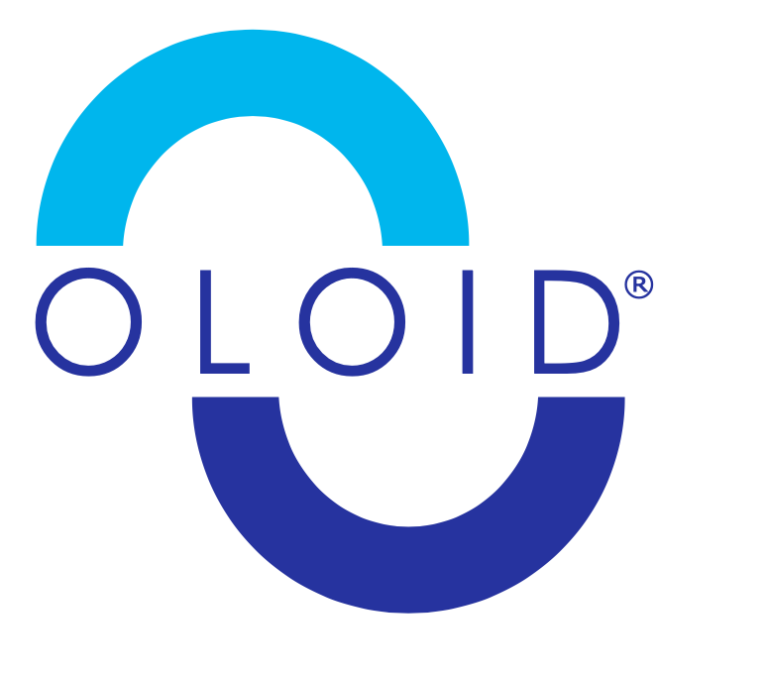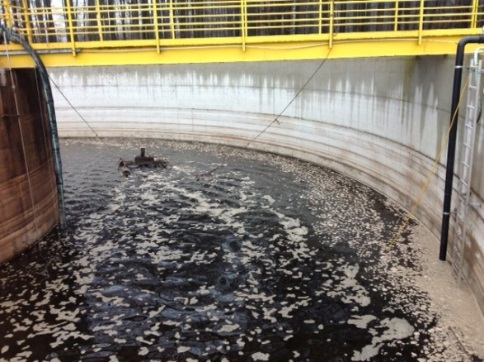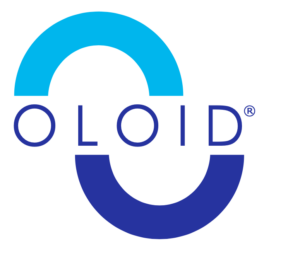Composting plants and leachate basins
Part of the rainfall accumulating on dumping grounds trickles down and, in so doing, flows through the deposited waste. During this process the seepage water absorbs soluble substances. Depending on rainfall conditions, the seepage water quantity can amount to 0.001–0.1 l/s on a hectare of dumping ground. Due to the high extent of seepage water pollution, this untreated water must be prevented from reaching groundwater or surface water. Accordingly, suitable measures must be taken for seepage water to be collected and treated in seepage water cleaning facilities of wastewater treatment plants.
During the collection and recycling of seepage water / surface water in dumping sites and composting plants and compost factories, this frequently results in odour production due to the high COD and BOD burden. If no appropriate treatment takes place, the use or collection of water accumulating in immediate proximity to populated areas becomes pretty much impossible.
By using the OLOID technology odour minimisation can be ensured, which is down to a partial breakdown of the odour-intensive substances, and which can stimulate greater acceptance of the plants by the local population. In this instance the OLOID technology is used as a surface aerator with simultaneous circulation. The quality of the compost seepage water is improved through this process so that this water can be used for clamp moistening. Seepage water with oxidising processes promotes the composting process.
Advantages of the system for seepage water treatment:
– Breakdown of the pollution load (BOD5 and COD burden)
– Odour reduction due to optimum oxygen distribution; i.e. easing the burden on neighbouring residents
– Automatic adjustment to changing water levels thanks to installation on floats
– Lower wastewater fees due to better discharge values of the treated seepage water
– Lower freshwater fees through the recycling of low-odour seepage water for compost clamp moistening
– Lower energy consumption when compared with conventional aerators. This means continuous operation is possible and economical; meaning in turn the biological decomposition process is improved
– Prevention of duckweed growth, resulting in better oxygenation through the surface of the water and no foam build-ups through dead duckweed
Compost leachate questionnaire
Factsheets
Contact
- Would you like to receive information material on OLOID technology?
- Are you interested in testing or renting one or more OLOID systems?
- Would you like to receive an indicative quote for an OLOID system?
- Do you have a specific project?
We look forward to hearing from you.


